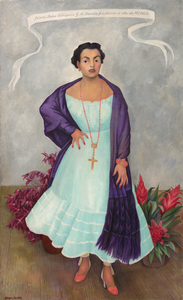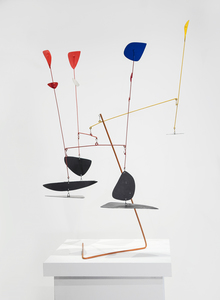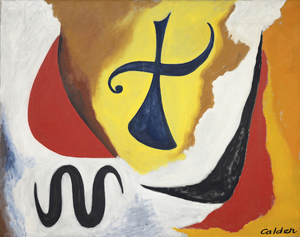SAN FRANCISCO (EN)

SUE KIM
Consultant en beaux-arts
San Francisco
Sue Kim est la consultante en beaux-arts basée à San Francisco pour Heather James Fine Art. Sue apporte à Heather James Fine Art plus de 30 ans d'expérience dans le domaine de l'art et du luxe. Elle a travaillé dans les domaines des beaux-arts, de la photographie, du design d'intérieur et de produits, de l'architecture, de l'immobilier et de l'hôtellerie dans plusieurs villes, dont San Francisco, New York, Hong Kong et Singapour. Elle parle couramment l'italien et le français. Sue est titulaire d'une licence en histoire de l'art de l'Asie orientale du Barnard College de l'université de Columbia et d'un diplôme de design d'intérieur de la Parsons School of Design.
HEATHER JAMES FINE ART - SAN FRANCISCO est devenu une ressource précieuse pour les clients locaux, en fournissant un large éventail de soutien et d'assistance pour une vaste gamme de propriétés. Avec l'aide des experts de Heather James Fine Art, nos représentants sont en mesure de vous aider si vous avez des questions concernant l'achat ou la vente, ou si vous souhaitez faire évaluer un objet de votre collection.
Nous offrons une vaste gamme de services axés sur la clientèle, y compris la planification successorale et fiscale, la gestion des recouvrements, les évaluations, la gestion logistique, les acquisitions et les services financiers.
DANS LES NOUVELLES
SERVICES
Heather James Fine Art offre une vaste gamme de services à la clientèle qui répondent à vos besoins particuliers en matière de collection d'œuvres d'art. Notre équipe d'exploitation comprend des gestionnaires d'œuvres d'art professionnels, un service de registraire complet et une équipe logistique possédant une vaste expérience du transport, de l'installation et de la gestion des collections d'œuvres d'art. Avec un service de gants blancs et des soins personnalisés, notre équipe fait un effort supplémentaire pour assurer des services artistiques exceptionnels à nos clients.
APPRENEZ À NOUS CONNAÎTRE
GALERIES
45188 Portola Avenue
Palm Desert, CA 92260
(760) 346-8926
Heures d'ouverture : Sur rendez-vous
172 Center Street, Suite 101
P.O. Box 3580
Jackson Hole, WY 83001
(307) 200-6090
Heures d'ouverture : Sur rendez-vous

































,_new_mexico_tn40147.jpg )








_tn45742.jpg )

_tn43950.jpg )

_tn45741.jpg )
_tn45731.jpg )
_tn45733.jpg )



_tn45732.jpg )
_tn27035.jpg )

_tn45736.jpg )


